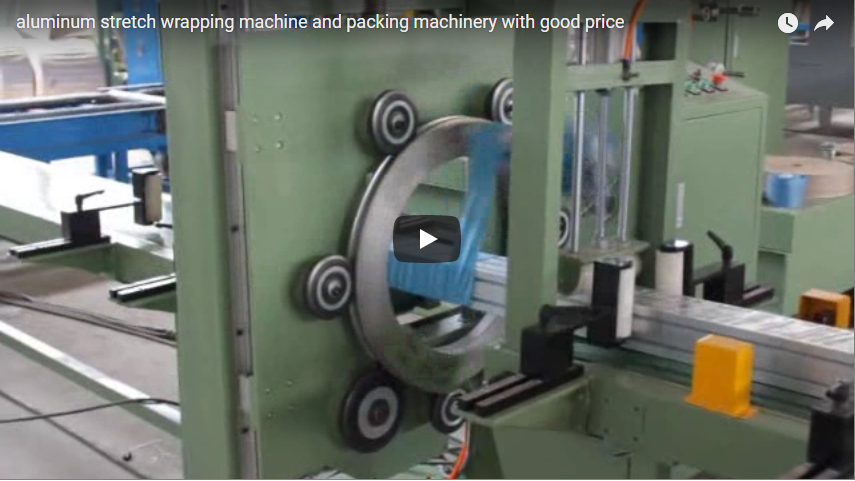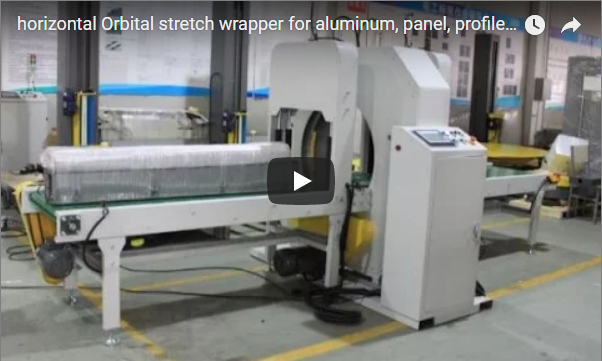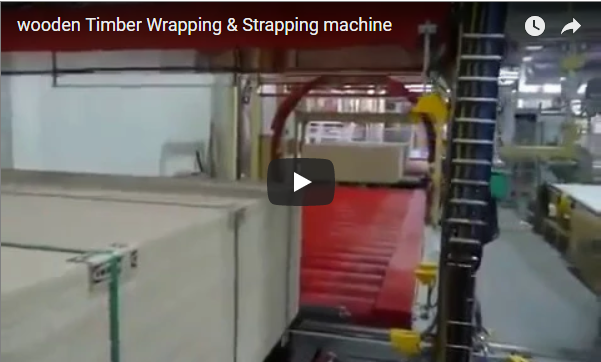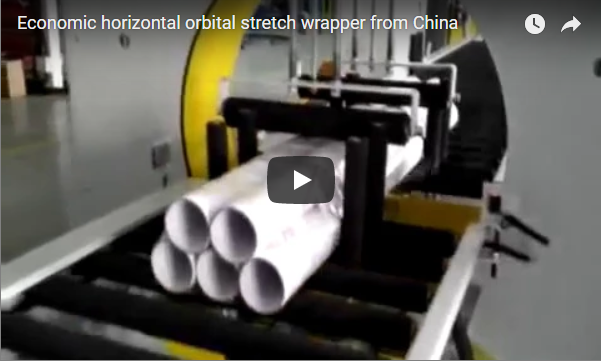Optimizing Panel Logistics: A Deep Dive into Automatic Panel Wrapping Machines
In today's fast-paced manufacturing and logistics environments, ensuring the safe, efficient, and cost-effective transport of large, often cumbersome panels is paramount. Manual wrapping methods are often time-consuming, inconsistent, and labour-intensive. This is where the automatic panel wrapping machine, a cornerstone of modern packaging lines, demonstrates its true value. Often referred to generically as a packing machine, its specialized function focuses specifically on applying protective layers like stretch film or paper around panels used in industries ranging from furniture and woodworking to construction and metal fabrication.
This article delves into the technology, benefits, and practical considerations of automatic panel wrapping machines, drawing on industry insights to provide a comprehensive overview for professionals seeking to optimize their packaging operations.
1. Understanding the Core Technology: How Panel Wrappers Work
At its heart, an automatic panel wrapping machine is designed for orbital wrapping. The panel typically moves horizontally on conveyors through a rotating ring or arm. This ring carries a roll of wrapping material (most commonly stretch film). As the panel progresses, the ring revolves around it, dispensing the film and creating a secure, protective cocoon.
Key components typically include:
- Infeed/Outfeed Conveyors: Transport the panels into and out of the wrapping station. Speed synchronization is crucial for consistent wrapping.
- Wrapping Ring/Arm: The core component that orbits the panel, carrying the film dispenser. Ring speed dictates wrapping throughput.
- Film Carriage & Pre-Stretch System: Holds the film roll and often incorporates a pre-stretch mechanism. Pre-stretching elongates the film before application, maximizing film yield (up to 300% or more with powered systems) and improving load containment.
- Clamping and Cutting Unit: Automatically grips the film at the start of the cycle and cuts it upon completion, enabling seamless operation.
- Control System (PLC): The brain of the machine, controlling parameters like ring speed, conveyor speed, film tension, number of wraps, and overlap percentage. Modern systems often feature touch-screen interfaces (HMIs) for ease of use.
- Sensors: Detect panel presence, position, and dimensions, ensuring accurate wrap placement and safety.
2. Key Technical Specifications and Features to Consider
Selecting the right machine requires matching specifications to your application needs. Here are critical parameters:
- Maximum Panel Dimensions (L x W x H): Defines the largest panel the machine can accommodate.
- Maximum Panel Weight: Ensures the conveyor system can handle the load.
- Ring Speed (RPM): A primary factor determining wrapping speed (panels per hour).
- Conveyor Speed (m/min): Must be adjustable and synchronized with the ring speed for proper wrap overlap.
- Wrapping Material Compatibility:
- Film Type: Typically LLDPE stretch film, but can include VCI (Volatile Corrosion Inhibitor) film for metal panels, paper, or bubble wrap.
- Film Width: Standard widths vary (e.g., 500mm).
- Film Thickness (Microns): Determines strength and puncture resistance.
- Roll Diameter/Core Size: Ensures compatibility with the film carriage.
- Pre-Stretch Ratio: Fixed or variable percentage (e.g., 150%, 250%, 300%). Higher ratios mean better film economy.
- Power Requirements: Voltage, phase, and power consumption.
- Control System: PLC brand (e.g., Siemens, Allen-Bradley), HMI size and features.
- Optional Features: Top sheet dispenser (for top surface protection), integrated weighing systems, upstream/downstream automation integration capabilities.
3. The Strategic Advantages: Beyond Basic Protection
Investing in an automatic panel wrapper yields significant operational benefits:
- Enhanced Efficiency & Throughput: Dramatically increases wrapping speed compared to manual methods, boosting overall line productivity and enabling faster order fulfillment. A machine can often wrap a panel in under a minute, a task that could take several minutes manually.
- Improved Product Protection: Consistent film tension and precise overlap ensure uniform wrapping, significantly reducing the risk of damage from shifting, moisture, dust, or surface abrasion during handling and transit. This directly lowers costs associated with returns and replacements.
- Material Savings: Sophisticated pre-stretch systems optimize film usage, stretching the film to its maximum potential without compromising strength. This can lead to film consumption reductions of 50% or more compared to manual wrapping or machines without pre-stretch.
- Labor Optimization: Frees up personnel previously assigned to manual wrapping for more value-added tasks within the facility. Reduces physical strain and potential repetitive motion injuries.
- Professional Presentation: Neatly wrapped panels present a more professional image to customers, enhancing brand perception and signifying product care.
4. Real-World Applications: Where Panel Wrappers Shine
These machines are indispensable in various sectors:
- Woodworking & Furniture: Protecting finished wood panels, cabinet components, countertops, and assembled furniture parts from scratches and moisture.
- Building Materials: Wrapping insulation boards, drywall sheets, roofing panels, and flooring materials for secure transport to construction sites.
- Door & Window Manufacturing: Securing finished doors and windows to prevent damage to surfaces and glass.
- Metal Fabrication: Protecting sheet metal, aluminium profiles, and fabricated metal components, often utilizing VCI film to prevent corrosion.
- Plastics Industry: Wrapping large plastic sheets or panels.
Personal Experience Note: We've frequently observed clients in the furniture industry achieve remarkable reductions in transit damage claims after implementing automated orbital wrappers, particularly for high-gloss or easily scratched surfaces. The consistency provided by the machine is something manual wrapping struggles to replicate reliably.
5. Selecting the Right Machine: A Practical Perspective
Choosing the ideal automatic panel wrapping machine goes beyond just matching basic specifications. From our experience assisting clients, consider these crucial factors:
- Product Variability: Assess the full range of panel sizes, shapes, and weights you need to process. A machine optimized for one size might be inefficient for others. Flexibility is key if your product mix varies significantly.
- Throughput Requirements: Realistically evaluate your current and projected output needs. Calculate panels per hour required during peak periods to ensure the machine isn't a bottleneck.
- Level of Automation: Determine if you need a standalone machine or one fully integrated into an automated production line with automated loading/unloading.
- Operating Environment: Consider factors like dust levels (common in woodworking) or temperature extremes that might affect machine performance and maintenance needs.
- Ease of Use & Maintenance: Look for intuitive controls (HMI), straightforward film loading procedures, and accessible components for routine maintenance. Downtime is costly.
- Supplier Support: Evaluate the manufacturer's or distributor's reputation for service, technical support, and spare parts availability.
6. Integration and Automation Potential
Modern panel wrappers are often designed for seamless integration. They can connect with upstream processes (like cutting or edge banding) and downstream systems (such as labelling, strapping, palletizing robots, or AGVs). Utilizing standardized communication protocols (like OPC-UA) allows for integration into plant-wide monitoring systems (MES, SCADA), supporting Industry 4.0 initiatives through data logging, performance tracking, and remote diagnostics. This connectivity transforms the wrapper from a standalone unit into an intelligent node within a larger automated ecosystem.
Conclusion: A Strategic Investment in Efficiency and Quality
An automatic panel wrapping machine is far more than just a "packing machine." It's a strategic investment that directly impacts production efficiency, product quality, material costs, labour utilization, and ultimately, customer satisfaction. By carefully evaluating technical specifications, understanding the operational benefits, and considering real-world application needs, businesses can select and implement a solution that provides a significant competitive advantage in handling and shipping panelized products. The consistency and reliability offered by automation in this critical packaging step are essential for meeting the demands of modern manufacturing and logistics.
For further information on horizontal wrapping solutions:
https://www.fhopepack.com/Horizontal_wrapping_machine.html
For specific inquiries or application advice, please contact:
info@fhopepack.com
Further Reading: For a broader understanding of stretch wrapping technology, resources like the Packaging Machinery Manufacturers Institute (PMMI) offer valuable industry insights.






